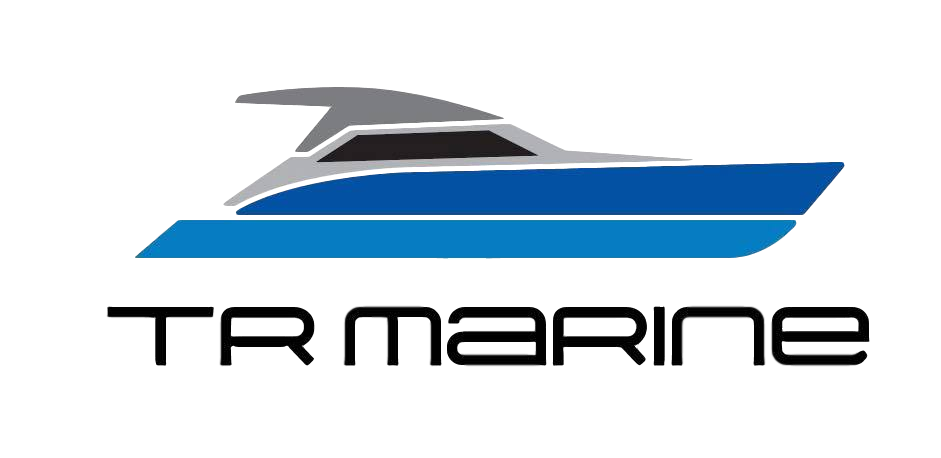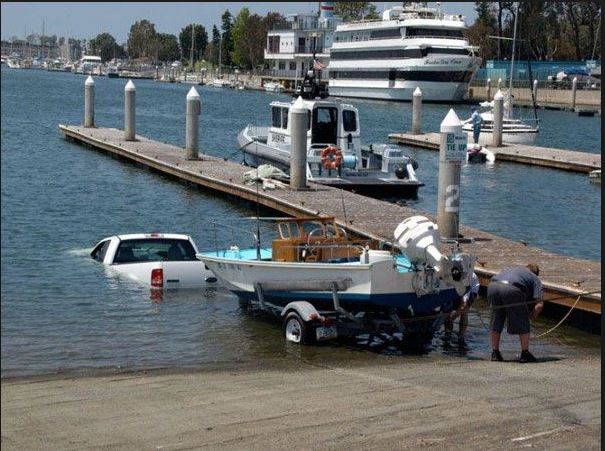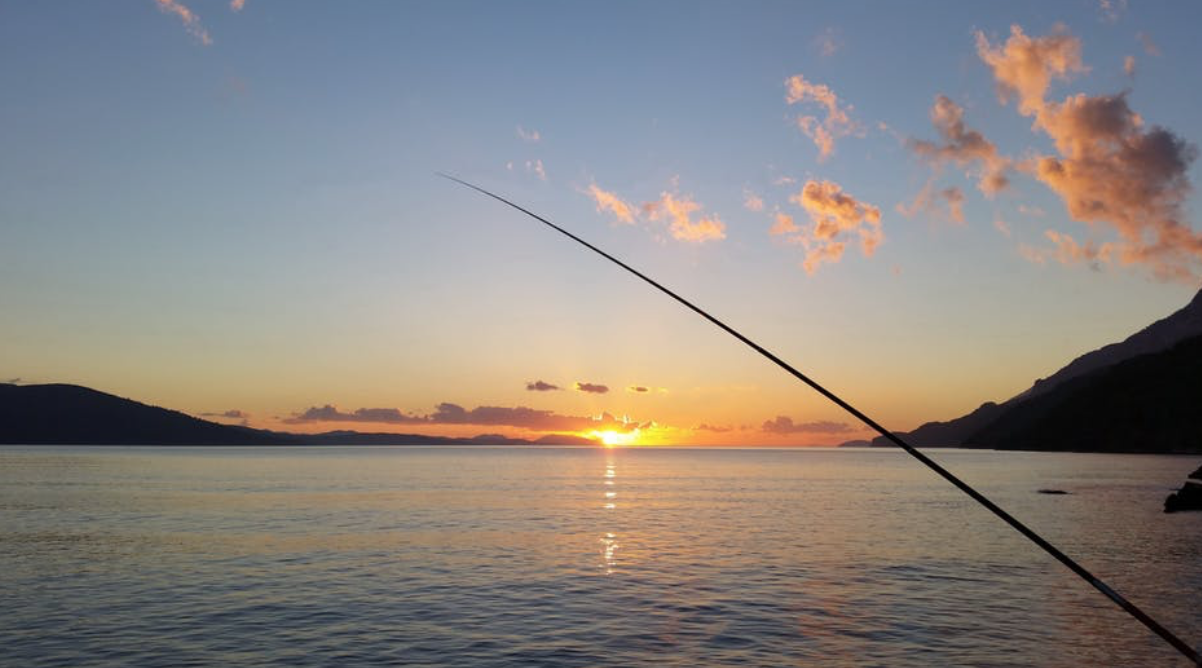The Virgin Boaters Guide to Boating: Common Navigation Markers Explained.
Read More
The Virgin Boaters Guide to Boating: Common Navigation Markers Explained.
Welcome back. In part 1 of this guide we covered the most basic boating terms, including the directional Port/Starboard, and Bow/Stern, and introduced you to your new best friend who will always try and bail you out of a bad situation (pun intended) the bilge pump.
In this installment we will be building on those basic terms and expanding our vessel related vocab with some navigational terms. Knowing a how to read navigational markers while boating is about as important as being able to recognize an open manhole cover while walking the street, so let’s go over the basics. Knowing these markers, and obeying them, will keep water under your keel and an emergency trip to the slipway at bay.
Channel Markers (Lateral Markers)
Some water deep. Some water shallow. Boat no go in shallow water. This sums up the need for Channel Markers, also known as Lateral Markers, and why you should follow them.
Channel Markers mark out the edge of deeper water, known as the channel. Channels are used to get into places that have submerged obstacles, such as sandbars, reefs, manmade objects or just plain old shallow water. By following the markers you will stay in the deep water and avoid the ever embarrassing running aground.
There are two major types of channel markers: Port and Starboard. These seem pretty straight forward, until you realise they mean different things based on which way you are going.
There is a saying: “There is no red port left in the bottle on the way home”. What this means (besides outing all boaters as alcoholics) is that you keep the RED port channel markers on your LEFT when you are travelling upstream (as in going back HOME).
Upstream basically means heading away from the ocean. This can be a bit tricky in some waterways, because the physical direction of travel could be towards the ocean as the crow flies, but the channel markers are orientated towards the ocean via the navigable water.
Most of the time it will be quite obvious where the channel is because the red and green marks form a distinctive path, and the water is noticeably deeper. Channels that go from very wide to very narrow, or form tight hairpin bends can be hard to master, and it is often the smart play to take a knowledgeable local with you on your first time. Remember you can always bribe them with booze (see: all boaters are alcoholics).
Consulting a navigation chart before attempting an unfamiliar channel is a good way to become familiar with anything that might catch you out. Things that might catch you out leads right into the next Navigational Marker: Cardinal Marks.
Cardinal Marks
While Lateral Markers highlight where it is safe to take your boat, Cardinal Markers do the exact opposite. These Markers come in 4 types, with each paired to a point on a compass which is the safe side to pass the marker on.
They are complex enough that they are best described in this graphic.
These are available as stickers and make a great addition to any helm station. An easy way to remember the light flashes of each marker is to visualise a clock face. Three flashes means East, 6 flashes South and nine flashes West, which match the times if you had a nifty two-in-one compass and clock.
Isolated Danger Buoy
These guys let you know there is something bad directly under them. You can pass either side but just not too close. They are black with a single red stripe, and flash a white light in groups of two quick flashes at night.
There are many more Navigational Markers that you will encounter in your boating escapades. While these three are just the tip of the iceberg (which are usually unmarked, so watch out), they are a good place to start.
Knowing the area you are navigating through by either asking locals, studying charts, or ideally, doing both, is the best way to keep yourself, and your boat out of trouble.
Now that you have the basics of Navigation Markers under your nautical belt, it’s time to get your boat ready for your next big adventure. Contact us at info@trmarineservices.com.au to find out how we can make your boating life a breeze with Scheduled Boat Detailing, Boat Washing, Interior Detailing, Teak and Stainless steel cleaning and general Boat Maintenance. We are located on Lake Macquarie at Marmong Point Marina, and we also come to you, with our mobile vans servicing the greater Lake Macquarie, Central Coast and Newcastle NSW areas.









